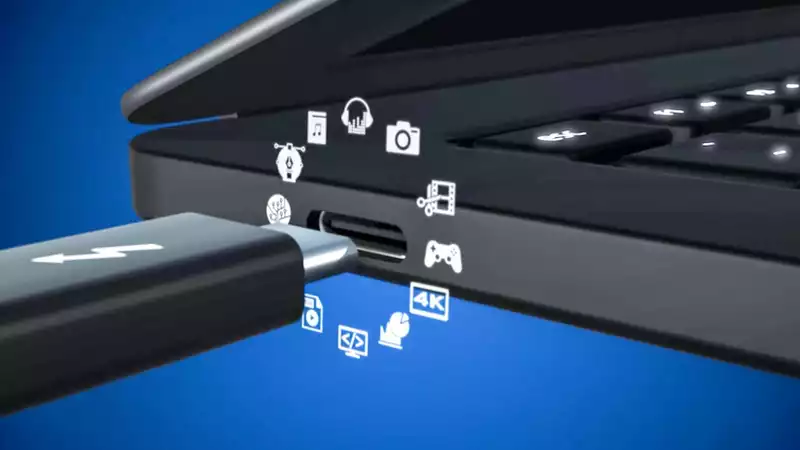New research shows that USB, Thunderbolt, and HDMI performance could be dramatically improved. Researchers are currently studying the impact of data transmission using thin plastic polymers and copper, and the results are astounding.
As presented at the IEEE International Solid-State Circuits Conference in February and reported by MIT, new research by Raytheon, Intel, the Naval Research Laboratory, and the Office of Naval Research suggests that a polymer cable as thin as a hair can transmit information 10 times faster than USB.
Currently, copper is the material of choice for data transfer within cables. However, copper has its drawbacks. It requires a lot of power when transmitting large amounts of data. [There is] a fundamental tradeoff between the amount of energy consumed and the amount of information exchanged," says Jack Holloway of Raytheon, lead author of the study.
As data transfers become denser, adding bulkier copper is becoming more costly.
Researchers have chosen plastic polymers instead. It is potentially lighter and cheaper than copper, and more energy efficient in transmitting large amounts of data. It rivals the speed of fiber optics, but "is directly compatible with silicon chips and requires no special fabrication," Holloway says.
At present, the total bandwidth of this plastic polymer cable is 105 Gbps. In comparison, USB 3.1 SuperSpeed has a maximum speed of 10 Gbps
. Fiber optics, which uses photons, is well suited for transmitting data quickly with little energy, but is incompatible with silicon computer chips.
"Currently, there is no way to efficiently generate, amplify, and detect photons in silicon," says Holloway. There are all sorts of expensive and complex integration schemes available, but from an economic standpoint, they are not very good solutions."
What is fascinating about this research is how thin Holloway and his team were able to make these plastic polymer cables. At 0.4 millimeters thick, they are about the size of a human hair. Considering the already bulky HDMI 2.0 cables snaking around the back of televisions, this new technology could make cable management a whole lot easier.
And while 105 Gbps is blazingly fast, researchers believe it could be even faster with bundled plastic polymer cables.
"If that happens, the data rates will be off the charts," says Ruonan Han, associate professor in MIT's Department of Electrical Engineering and Computer Science (EECS). 'It could be one terabit per second.'
There is no estimate of when this technology will be widely available. But before it becomes so, it will likely first become widely available to businesses before it becomes widely available to the masses.










Comments